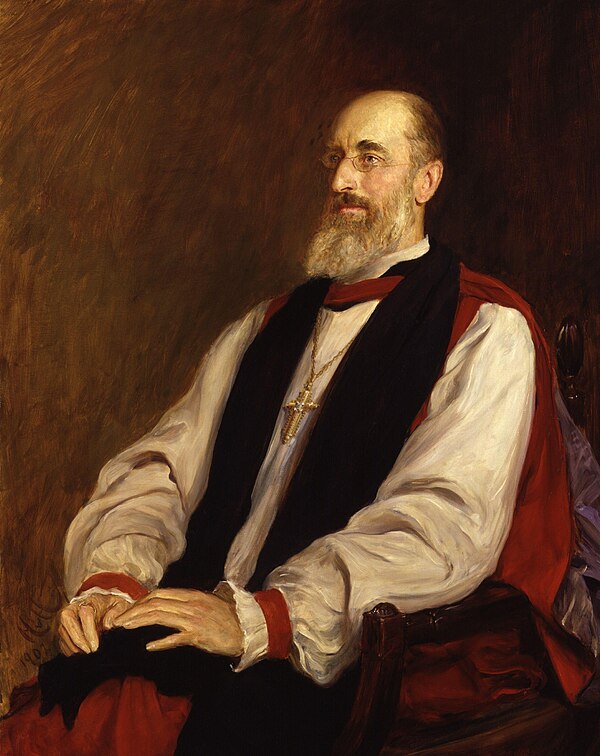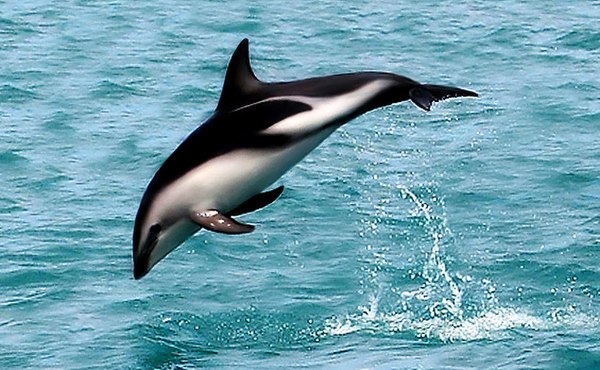20250907
From today's featured article
HMS Queen Mary was the last battlecruiser built by the Royal Navy before the First World War. The sole member of her class, Queen Mary was completed in 1913. She never left the North Sea once the war started, participating in the Battle of Heligoland Bight in 1914 as part of the Grand Fleet. Queen Mary unsuccessfully attempted to intercept a German force that bombarded the North Sea coast of England that December. She was refitting in early 1915 and missed the Battle of Dogger Bank in January. Queen Mary was sunk in the largest fleet action of the war, the Battle of Jutland, in mid-1916. Twice hit by the German battlecruiser Derfflinger during the early part of the battle, her magazines exploded, sinking her. The wreck was discovered in 1991 and rests in pieces on the floor of the North Sea. Her wreck is designated as a protected place under the Protection of Military Remains Act 1986 as it is the grave of 1,266 men. (This article is part of a featured topic: Battlecruisers of the world.)
Did you know ...
- ... that Antonio Oteiza (pictured) was a missionary in Latin America but from 1961 focused on creating religious art, which he felt had more impact than sermons?
- ... that the Vanuatu beer Tusker is named after the tusks of a pig, a traditional symbol of wealth?
- ... that at least 30 people have been arrested since 2018 for allegedly abusing children whom they met on Roblox?
- ... that Farhan Hadafo is Somalia's first Paralympian?
- ... that most Bhutanese people have no surname?
- ... that Ali Akbar is the last newspaper hawker in France?
- ... that an episode of the British soap opera EastEnders encouraged LGBTQ+ men to come out?
- ... that conservationist Stephen King was kicked out of Bible College for refusing to wear shoes?
- ... that the first Portuguese translation of Homer's Odyssey was reportedly "harder to read than the [original] texts"?
In the news
- Italian fashion designer Giorgio Armani (pictured) dies at the age of 91.
- A derailment on the Ascensor da Glória funicular railway in Lisbon, Portugal, kills 16 people.
- In Sudan, a landslide destroys the village of Tarasin, killing at least 375 people.
- A magnitude-6.0 earthquake in Afghanistan leaves more than 2,200 people dead.
On this day
- 1191 – Third Crusade: Crusaders under Richard I of England defeated Ayyubid troops under Saladin at the Battle of Arsuf (depicted) in present-day Israel.
- 1916 – World War I: The Supreme War Command was established to oversee the armed forces of all the Central Powers.
- 1984 – An explosion on board a Maltese patrol boat that was disposing of illegal fireworks at sea off Gozo killed seven soldiers and policemen.
- 1999 – Three weeks after an earthquake struck northwestern Turkey, a second earthquake struck Athens, causing Greece and Turkey to initiate "earthquake diplomacy".
- 2011 – Yak-Service Flight 9633, carrying the players and coaching staff of the ice hockey team Lokomotiv Yaroslavl, crashed on take-off near Yaroslavl, Russia, resulting in the deaths of 44 of the 45 people on board.
- Robert Estienne (d. 1559)
- Sir John Perceval, 1st Baronet (b. 1629)
- Peggy Noonan (b. 1950)
- Tamurbek Dawletschin (d. 1983)
Today's featured picture
Arenal Volcano is a stratovolcano in north-western Costa Rica, in the province of Alajuela. It is within the Arenal Volcano National Park. The volcano is conically shaped with a height of 1,633 metres (5,358 ft) and a crater with a diameter of 140 metres (460 ft). Arenal is a young volcano, estimated to be less than 7,500 years old. The volcano was dormant for hundreds of years and exhibited 2 craters at its summit, with minor fumaroles activity, covered by dense vegetation. In 1968 it erupted unexpectedly, destroying the small town of Tabacón. Due to the eruption three more craters were created on the western flanks but only one of them exists today. By duration, Arenal's eruption from 1968 to 2010 is the tenth longest volcanic eruption on Earth since 1750. Since 2010, Arenal has been dormant.
Photograph credit: Rhododendrites




























